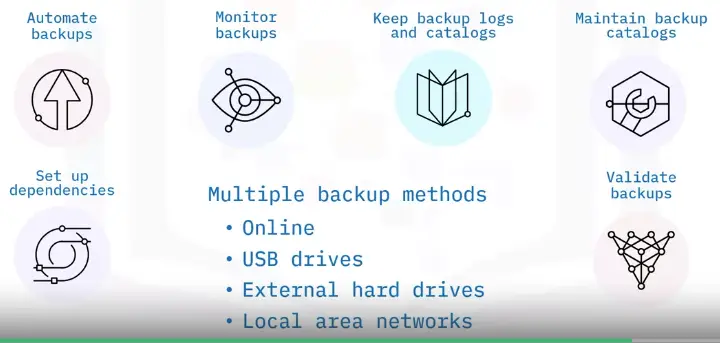A computing platform is the environment where the hardware and the software work together to run applications.
- Hardware is the type of computer or device, such as a desktop computer, a laptop, or a smartphone.
- Software refers to the type of operating system (OS), such as Windows, macOS, iOS, Android and Linux, and the programs and applications that run on the OS.
Includes personal computers and laptops that run operating system like Windows, macOS, and Linux.
Includes modern browsers like Firefox, and Chrome that function the same in various operating system, regardless of the hardware.
Includes devices like Pixel and the iPhone that run operating systems like Android OS and iOS.
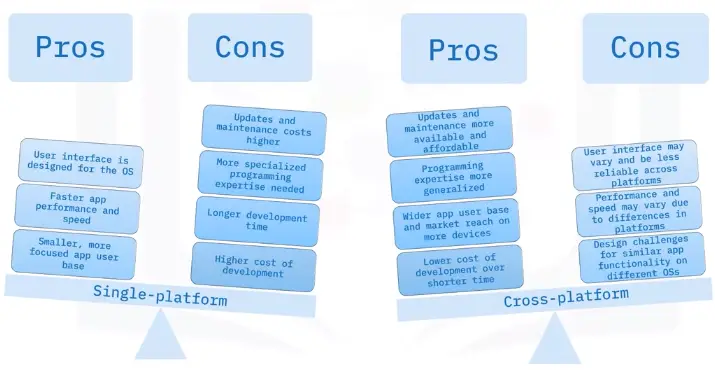

Compatibility concerns
- Cross-platform software acts differently or may have limited usability across devices and platforms.
- Software is created by different developers, and programs may interpret the code differently in each application.
- Functionality and results differ across platforms, which might mean undesired results or a difference in appearance.
Commercial and Open Source Software
Commercial Software
- Commercial Proprietary Closed source
- Copyrighted software, which is identified in the End User License Agreement (EULA).
- Private source code, which users are not allowed to copy, modify, or redistribute.
- Developed for commercial profit and can include open source code bundled with private source code.
- Commercial software usually requires a product key or serial number to certify that software is original.
- Some commercial software is free, but upgrades and updates may cost extra, or the software contains ads.
- Examples: Microsoft Office, Adobe Photoshop, and Intuit QuickBooks.
Open source software
- Open source: Free and open source (FOSS)
- Free software, which can be downloaded, installed, and used without limits or restrictions
- Free source code, which can be freely copied, modified, and redistributed.
- Open access to the software functions and software code without cost or restrictions.
- Developers and users can contribute to the source code to improve the software.
- Open source software requires users to agree to an End User License Agreement (EULA) to use the software.
- Examples: Linux, Mozilla Firefox, and Apache OpenOffice.
Software Licenses
What is a software license?
A software license states the terms and conditions for software providers and users.
- It is a contract between the developer of the source code and the user of the software.
- It specifies who owns the software, outlines copyrights for the software, and specifies the terms and duration of the license.
- Likewise, it states where the software can be installed, how many copies can be installed, and how it can be used.
- Not only that, but it can be lengthy and full of definitions, restrictions, and penalties for misuse.
Agreeing to licensing terms
- If you want to use software, you must agree to the licensing terms and requirements, called an End-User License Agreement (EULA).
- Agreeing means you accept the terms of the license, such as how many computers the software can be installed on, how it can be used, and what the limitations on developer liability are.
- Different software programs and applications have various ways of presenting their EULAs.
Types of software licenses
Single-use license
- Allows single installation.
- Allows installation on only one computer or device.
- Ideal for a single user to install on computers or devices owned only by the user.
Group use, corporate, campus, or site license
- Allows multiple installation for specified number of multiple users.
- Allows installation on many computers or devices.
- Idea for use with computers and devices that are required and owned by organizations.
Concurrent license
- Allows installation on many computers, but can only use concurrently by a lower number.
- Allows many users to have access, but is not used often by a lot of people at once.
- Ideal for companies that do not have all workers using the software at the same time.
Software licensing cost
- Costs vary, depending on the type of software, how it will be used, and how much was spent to develop the software.
- The cost is for the license to use the software.
- Several options are available, such trial subscription, and one-time purchase.
- Trial licenses are usually free for a limited time, for a user to decide if they want to purchase the software.
Subscription or one-time licenses
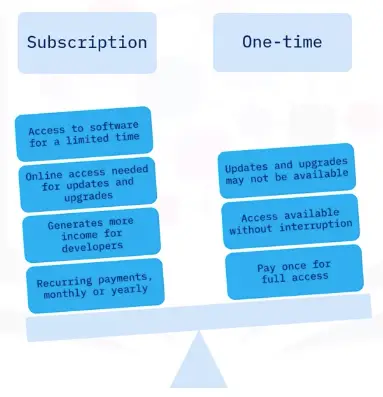

Software Installation Management
Before installing software
- Read application details and be selective.
- Avoid ads or other unwanted software.
- Avoid downloading software that contains malware.
- Review permissions requests to access other apps and hardware on your device.
- Be selective when allowing application privileges.
Installing software
Consider minimum system requirements, such as:
-
Minimum processor speed
-
Minimum amount of RAM
-
Minimum amount of hard disk space available
-
Compatible OS versions
Additional requirements may be:
-
Specific display adapter
-
Amount display adapter RAM
-
Internet connection to use the software.
Software versions
- Software versions are identified by version number.
- Version numbers indicate:
- When the software was released.
- When it was updated.
- If any minor changes or fixes were made to the software.
- Software developers use versioning to keep track of new software, updates, and patches.
Version numbers
- Version numbers can be short or long, with 2,3, or 4 sets.
- Each number set is divided by a period.
- An application with a 1.0 version number indicated the first release.
- Software with many releases and updates will have a larger number.
- Some use dates for versioning, such as Ubuntu Linux version 18.04.2 released in 2018 April, with a change shown in the third number set.
What do version numbers mean?
Some version numbers follow the semantic numbering system and have 4 parts separated by a period.
-
The first number indicates major changes to the software, such as a new release.
-
The second number indicated that minor changes were made to a piece of software.
-
The third number in the version number indicates patches or minor bug fixes.
-
The fourth number indicates build numbers, build dates, and less significant changes.
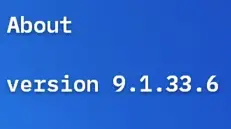

Version compatibility
- Older versions may not work as well in newer versions.
- Compatibility with old and new versions of software is a common problem.
- Troubleshooting compatibility issues by viewing the software version.
- Update software to a newer version that is compatible.
- Backwards-compatible software functions properly with older versions of files, programs, and systems.
Productivity, Business, and Collaboration Software
Types of software
-
Productivity software enables users to be productive in their daily activities.
-
Business software is related to work tasks and business-specific processes.
-
Collaboration software enables people to work together and communicate with each other.
-
Utility software helps manage, maintain, and optimize a computer.
Note: A program or application can be categorized as multiple types of software.
What is productivity software?
“Productivity software is made up of programs and application that we use every day.”
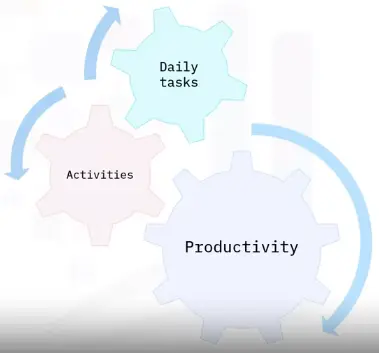

Types of productivity software
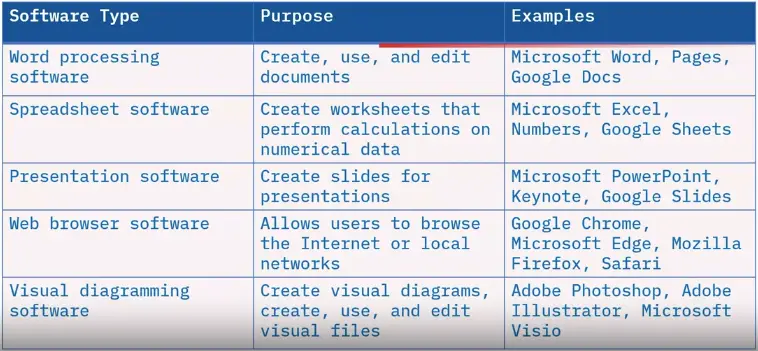

What is business software?
- Programs and applications that help businesses complete tasks and function more efficiently are considered business software.
- Some business software is uniquely designed to meet an industry-specific need.
Types of business software
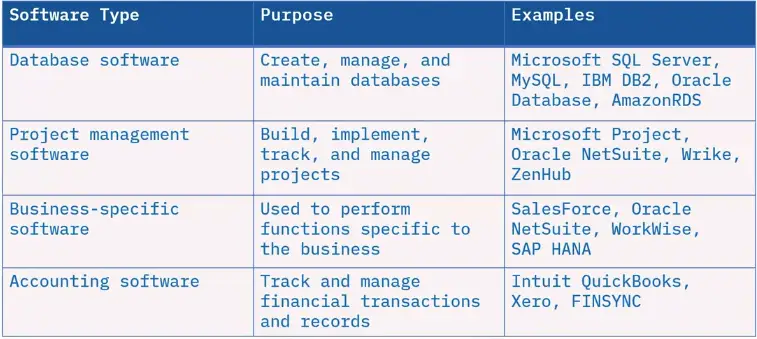

What is collaboration software?
- Collaboration software helps people and companies communicate and work together.
- Collaboration software can also be business software, but they are not interchangeable.
- The primary purpose is to help users create, develop, and share information collaboratively.
Types of collaboration software
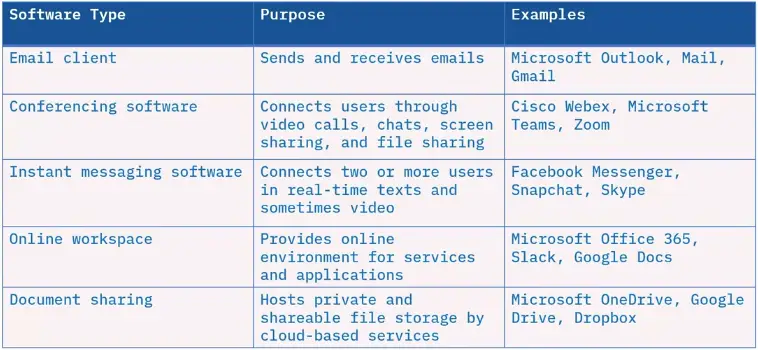

What is utility software?
- Utility software runs continuously on a computer without requiring direct interaction with the user.
- These programs keep computers and networks functioning properly.
Utility software
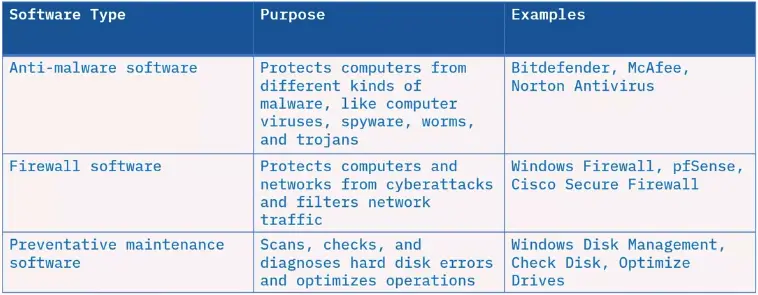

Executable files
Executable files run programs and applications.
Some executable file format extensions are:
- EXE or .exe for Windows applications
- BAT or .bat for running a list of commands
- SH or .sh for shell commands on Linux/Unix
- CMD or .cmd for running command in order
- APP or .app for Mac application bundles
- MSI or .msi for installer package on Windows
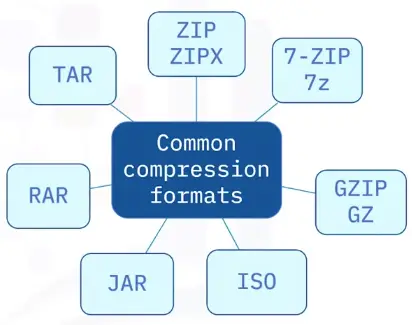

Audio and video formats often share the same extensions and the same properties.
Some audio formats:
-
WAV
-
MPEG, including MP3 and MP4
-
AAC
-
MIDI
Some video formats:
-
AVI
-
FLV
-
MPEG, including MP4 and MPG
-
WMV
Some common image formats are:
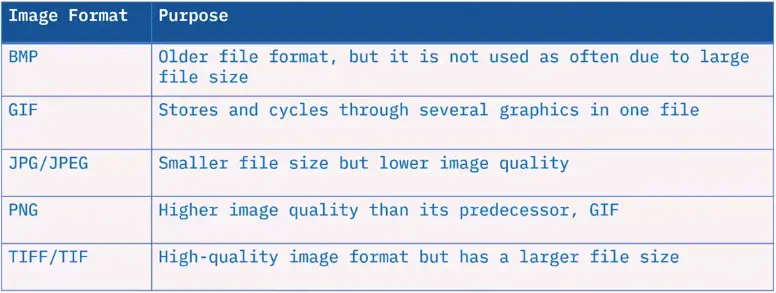

Some examples of document formats and extensions:
- TXT / .txt for text files
- RTF / .rtf for rich text format
- DOCX and DOC / .docx and .doc for Microsoft Word
- XLSX and XLS / .xlsx and .xls Microsoft Excel
- PDF / .pdf for Adobe Acrobat and Adobe Reader
- PPTX and PPT / .pptx and .ppt for PowerPoint
Fundamentals of Web Browsers, Applications, and Cloud Computing
Common Web Browsers
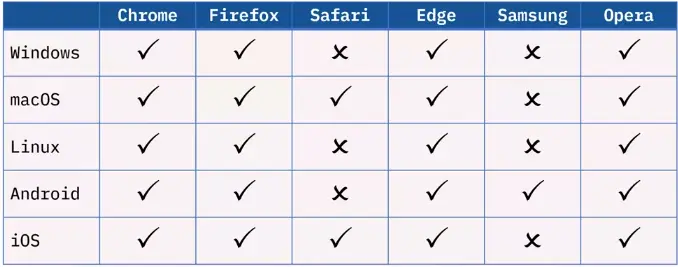

Web Browser components
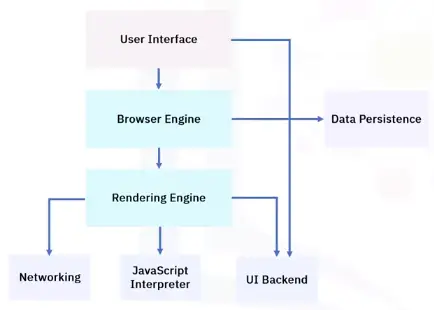

Browser installs and updates
Importance of browser updates
- Compatibility with websites
- Security
- New features
Frequency of browser updates
Most web browsers update at the same frequency:
- Major updates every four weeks
- Minor updates as needed within the four-week period
- Security fixes, crash fixes, policy updates
- Some vendors offer an extended release:
- Major updates are much less frequent
- Better for structured environments
Malicious plug-ins and extensions
- Malicious plug-ins and extensions typically not displayed in list of installed apps and features.
- Use an anti-malware program to remove them.
- Use trusted sources for plug-ins and extensions to avoid malware.
Basic Browser Security Settings
What is a proxy server?
- Acts as go-between when browsing the web.
- The website thinks the proxy is the site visitor.
- Protects privacy or bypass content restrictions.
- Allows organizations to maintain web security, web monitoring, and content filtering.
- Controls what, when, and who.
- Reduces bandwidth consumption and improves speed.
How does a proxy server work?
Managing cookies
- Cookies:
- Small text-based data stores information about your computer when browsing
- Save session information
- More customized browsing experience
- Example: Online shopping basket
- Cookies can be useful but could be malicious too:
- Tracking browsing activity
- Falsifying your identity
What is cache?
- Cache is temporary storage area
- Stores web data, so it can be quickly retrieved and reused without going to original source
- Cache is stored on local disk
- Improves speed, performance, and bandwidth usage
- Cache can be cleared when no longer needed
Browser Security Certificates and Pop-ups Settings
Security certificates
- Good security practice to check websites’ authenticity
- Look for HTTPS in URL and padlock icon
- If it says ‘not secure’ be wary
- Certificate expired
- Issuing CA not trusted
Script and pop-ups blockers
Pop-ups:
-
Typically are targeted online ads
-
Can be annoying and distracting
-
Can be malicious
- Associated with ‘innocent’ actions
-
Take care when interacting with pop-ups
Popular third-party pop-up blockers:
-
Adlock
-
AdGuard
-
AdBlock
-
Ghostery
-
Adblock Plus
May provide additional features such as ad filtering.
Private Browsing and Client-side Scripting Settings
Private browsing mode that doesn’t save:
Client-side scripting
- Web pages were static in early days of WWW
- Dynamic web pages adapt to situation/user
- Server-side scripting performed by server hosting dynamic pages
- Client-side scripting performed by client’s web browser
- Code is embedded in web page
Pros
- Client-side scripts are visible to user
- No reliance on web server resources
Cons
- Client-side scripts have security implications
- Malware developers constantly trying to find security flaws
- You may need to disable client-side scripts
Should you disable JavaScript?
Pros of disabling
Introduction to cloud computing and cloud deployment and service models
What is cloud computing?
Delivery of on-demand computing resources:
-
Networks
-
Servers
-
Storage
-
Applications
-
Services
-
Data centers
Over the Internet on a pay-for-use basis.
Applications and data users access over the Internet rather than locally:
-
Online web apps
-
Secure online business applications
-
Storing personal files
- Google Drive
- OneDrive
- Dropbox
Cloud computing user benefits
- No need to purchase applications and install them on local computer
- Use online versions of applications and pay a monthly subscription
- More cost-effective
- Access most current software versions
- Save local storage space
- Work collaboratively in real time
Cloud computing
- Five characteristics
- Three deployment models
- Three service models
Cloud computing characteristics
- ON-demand self-service
- Broad network access
- Resource pooling
- Rapid elasticity
- Measured service
Cloud deployment models
- Public Cloud
- Private Cloud
- Hybrid cloud
Cloud service models
Application Architecture and Delivery Methods
Application Architecture models
One-tier model
- Single-tier model
- Also called monolithic model
- Applications run on a local computer
Two-tier model
- Workspace-based client – Personal computer
- Web server – Database server
Three-tier model
-
Workspace-based client
-
Application server or web server
-
Additional server (Database)
Each tier can be:
-
Individually developed and updated by a separate team
-
Modified and upgraded without affecting the other tiers
N-tier model
-
A number of tiers
-
Multi-tier model
- Workspace-based client
- Web server or database server
- Security
- Additional servers
-
Preferred for the microservices pattern and Agile model
Pros
-
Changes can be made to specific tiers
-
Each tier can have its own security settings
-
Different tiers can be load balanced
-
Tiers can be individually backed up by IT administrators
Cons
-
Changes to all tiers may take longer
Application Delivery methods
- Local installation
- Hosted on a local network
- Cloud hosted
Software Development Life Cycle
Introduction to the SDLC
-
Structured methodology that defines creating and developing software
-
Detailed plan to develop maintain, or enhance software
-
Methodology for consistent development that ensures quality production
-
Six major steps
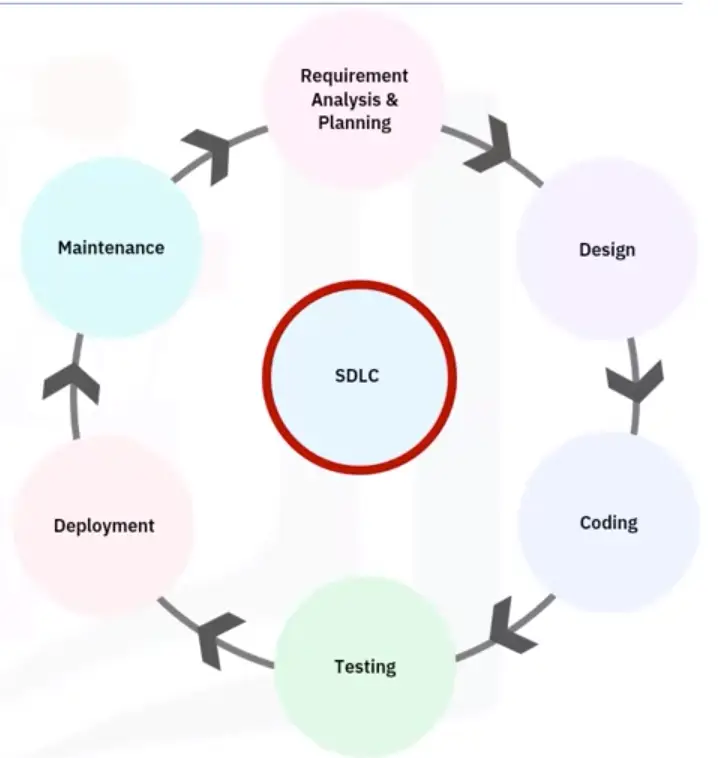

Requirement analysis and planning
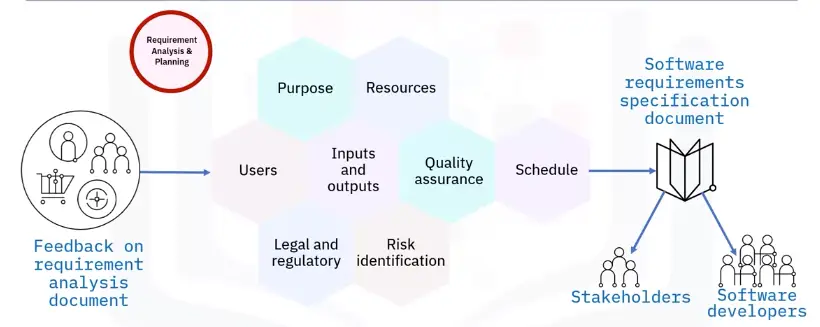

Design
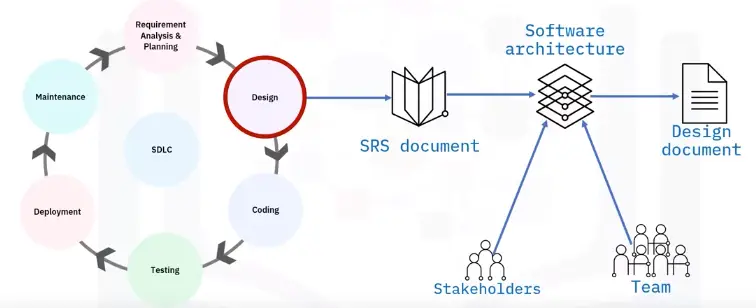

Coding or implementation
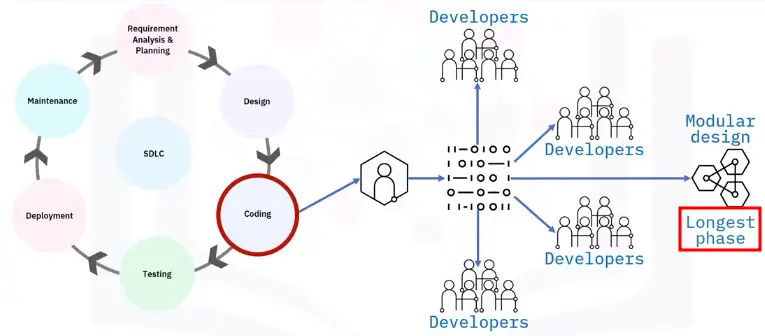

Testing
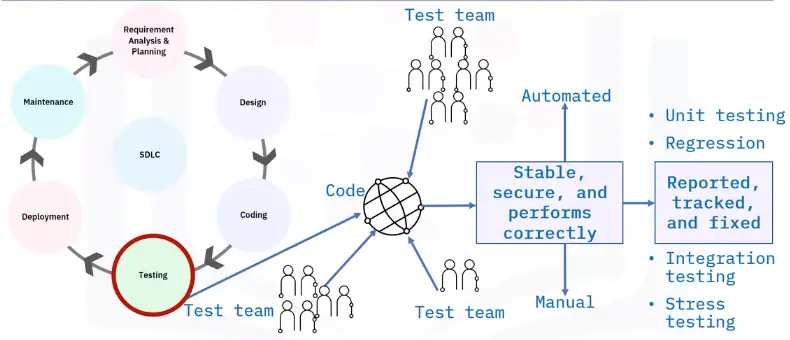

Deployment
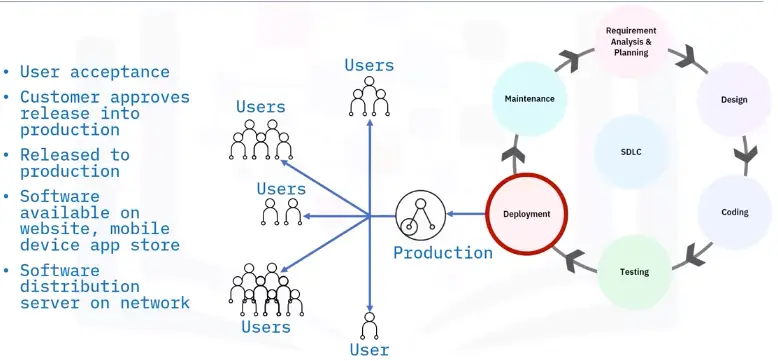

Maintenance
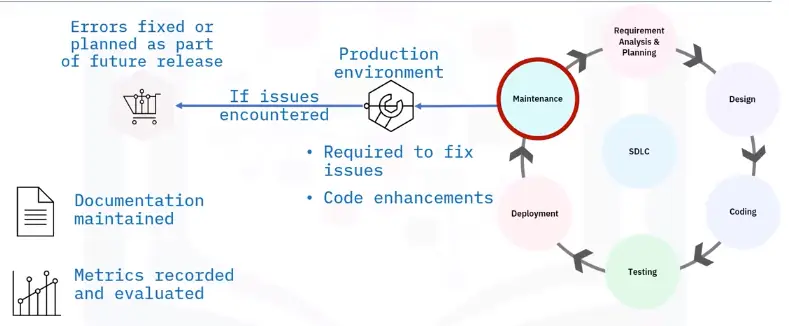

SDLC models
Waterfall
-
Linear sequential model
-
Output of one phase is input for the next phase
-
Next doesn’t start until work is completed on the previous phase
Iterative
-
Iterative incremental model
-
Product features developed iteratively
-
Once complete, final product build contains all features
Spiral
-
Uses waterfall and prototype models
-
Good for large projects
-
Largely reduces risk
-
Planning, risk analysis, engineering, and evaluation
-
Follows an iterative process
V-shaped
-
Verification and validation model
-
Coding and testing are concurrent, implemented at development stage
Agile
-
Joint development process over several short cycles
-
Teams work in cycles, typically two to four weeks
-
Testing happens in each sprint, minimizes risk
-
Iterative approach to development
-
At the end sprint, basic product developed for user feedback
-
Process is repeated every sprint cycle
Four core values of agile model
-
Individuals and interactions over process and tools
-
Working software over comprehensive documentation
-
Customer collaboration over contract negotiation
-
Responding to change over following plan
Lean
-
Application of lean principles
-
Focuses on delivery speed
-
Continuous improvement
-
Reducing waste each phase
Seven rules of Lean Model
-
Build in quality
-
Create knowledge
-
Defer commitment
-
Deliver fast
-
Respect people
-
Optimize the whole
-
DevOps evolved from Agile and Lean principles
-
Development and Operations teams work collaboratively
-
Accelerate software deployment
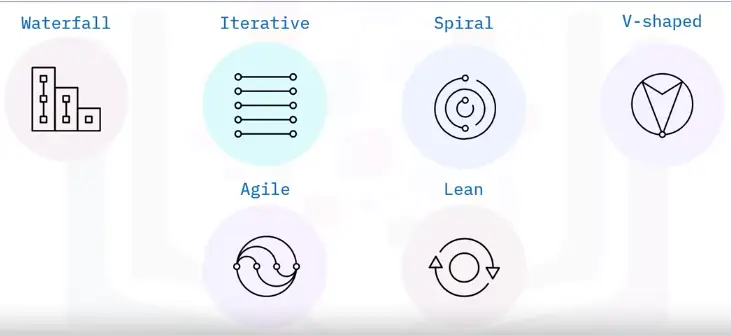

Traditional SDLC vs. Agile
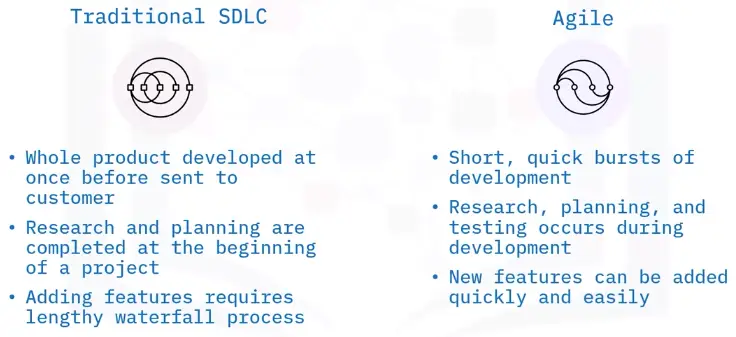

Basics of Programming
Interpreted and Compiled Programming Languages
Programming Languages
- Common programming languages categories:
- Many programming languages are compiled and interpreted
- The developer determines which languages is best suited for the project
Interpreted programming


- Some interpreted programming languages are outdated
- Some are more versatile and easier to learn languages
- Interpreted programming languages need an interpreter to translate the source code
- Translators are built into the browser or require a program on your computer to interpret the code
Interpreted programming examples
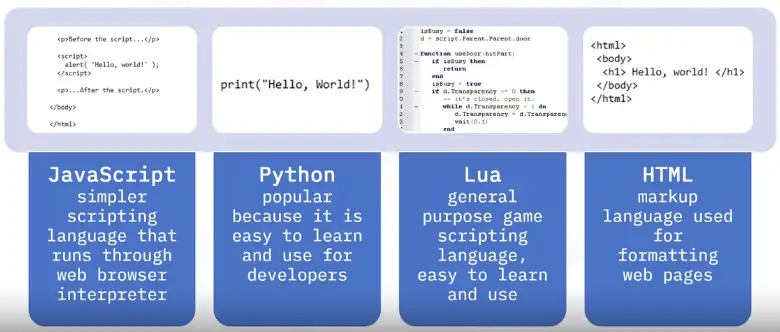

Compiled programming
-
Programs that you run on your computer
-
Packaged or compiled into one file
-
Usually larger programs
-
Used to help solve more challenging problems, like interpreting source code
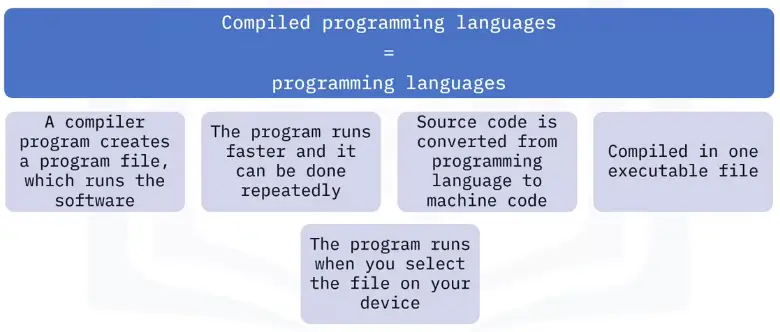

Examples
Examples of compiled programming languages are:
- C, C++ and C# are used in many operating systems, like Microsoft. Windows, Apple macOS, and Linux
- Java works well across platforms, like the Android OS
Compiled programming
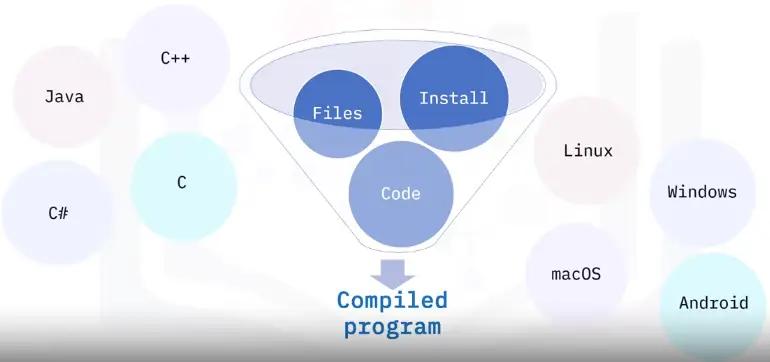

Comparing Compiled and Interpreted Programming Languages
Choosing a programming language
Developers determine what programming language is best to use depending on:
- What they are most experienced with and trust
- What is best for their users
- What is the most efficient to use
Programming Languages
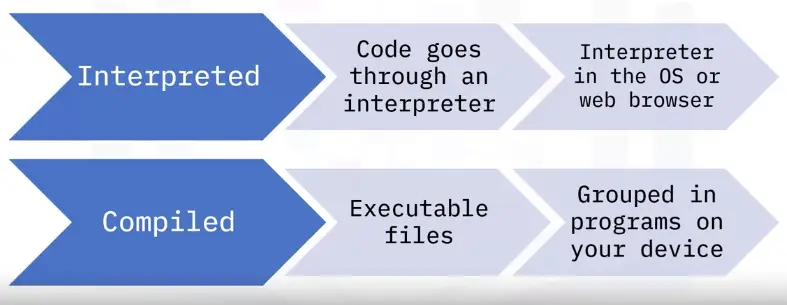

Interpreted Programming Languages
- Also called script code or scripting, used to automate tasks
- Interpreter programs read and execute the source code line by line
- The source code need to be executed each time
- Runs on almost any OS with the right interpreter
Compiled programming languages
- Also called programming languages
- Used for more complex programs that complete larger tasks
- Larger programs installed on the computer or device
- Longer time to write the code but runs faster
- Grouped into one downloadable file
Interpreted vs. compiled
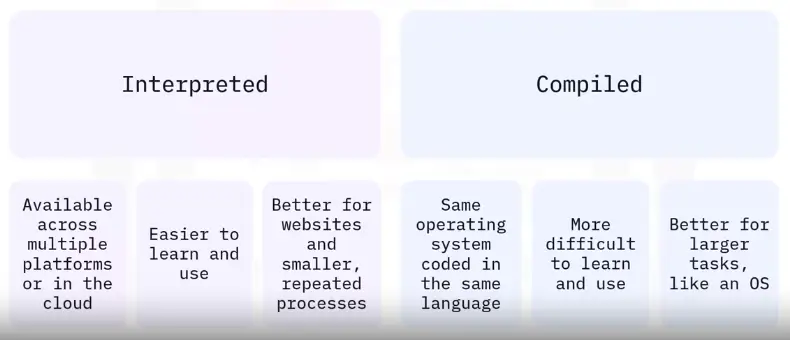

Programming Language examples
C, C++, C#:
-
Compiled programming language
-
C is the original language, C++ and C# are variations
-
Case sensitive
-
Basis for Windows and many operating systems
-
Takes more time to learn and use for coding but requires less memory and code runs faster
Java:
-
Compiled programming language
-
Case-sensitive, object-oriented programming language
-
Requires Java Virtual Machine (JVM) to run the code
-
Programming language for Android OS
-
Cross-platform language that runs the same code on macOS, Windows and Linux
Python:
-
Interpreted programming language
-
Scripting language
-
General-use, case-sensitive
-
Used with Windows, macOS, and Linux OSes and with server-side web app code
-
Requires Python engine to interpret code
JavaScript:
-
Interpreted
-
Scripting language that runs on client side web browsers
-
Case insensitive
-
Simple scripts are run with HTML
-
Complex scripts are run in separate files
-
Not to be confused with Java, the compiled programming language
HTML:
-
Interpreted
-
HyperText Markup Language
-
Mostly case-insensitive
-
Uses tags to format web pages on client-side web browsers
Query and Assembly Programming Languages
Programming language levels
- High-level programming languages
- More sophisticated
- Use common English
- SQL, Pascal, Python
- Low-level programming languages
- Use simple symbols to represent machine code
- ARM, MIPS, X86
Query languages
- A query is a request for information from a database
- The database searches its tables for information requested and returns results
- Important that both the user application making the query and the database handling the query are speaking the same language
- Writing a query means using predefined and understandable instructions to make the request to a database
- Achieved using programmatic code (query language/database query language)
- Most prevalent database query language is SQL
- Other query languages available:
- AQL, CQL, Datalog, and DMX
SQL vs. NoSQL
- NoSQL (not only SQL)
- Key difference is data structures
- SQL databases:
- Relational
- Use structured, predefined schemas
- NoSQL databases:
- Non-relational
- Dynamic schemas for unstructured data
How does a query language work?
Query language is predominantly used to:
-
Request data from a database
-
Create, read, update, and delete data in a database (CRUD)
-
Database consists of structured tables with multiple rows and columns of data
When a user performs a query, the database:
- Retrieves data from the table
- Arranges data into some sort of order
- Returns and prevents query results
Query statements
- Database queries are either:
- Select commands
- Action commands (CREATE, INSERT, UPDATE)
- More common to use the term “statement”
- Select queries request data from a database
- Action queries manipulate data in a database
Common query statements
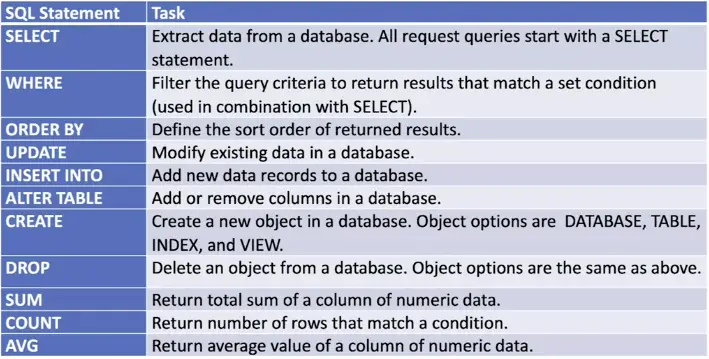

Query statement examples
- SELECT * FROM suppliers;
- SELECT name FROM suppliers, WHERE name = ‘Mike’;
- CREATE DATABASE products;
- DROP TABLE suppliers;
- ALTER TABLE suppliers;
- DROP COLUMN firstname;
- SELECT AVG(purchases);
- FROM suppliers;
Assembly languages
- Less sophisticated than query languages, structured programming languages, and OOP languages
- Uses simple symbols to represent 0s and 1s
- Closely tied to CPU architecture
- Each CPU type has its own assembly language
Assembly language syntax
- Simple readable format
- Entered one line at a time
- One statement per line
{label} mnemonic {operand list} {;comment}
mov TOTAL, 212 ;Transfer the value 212 in the memory variable TOTAL
Assemblers
-
Assembly languages are translated using an assembler instead of a compiler or interpreter
-
One statement translates into just one machine code instruction
-
Opposite to high-level languages where one statement can be translated into multiple machine code instructions
Translate using mnemonics:
-
Input (INP), Output (OUT), Load (LDA), Store (STA), Add (ADD)
Statements consist of:
-
Opcodes that tell the CPU what to do with data
-
Operands that tell the CPU where to find the data
Understanding Code Organization Methods
Code organization is important
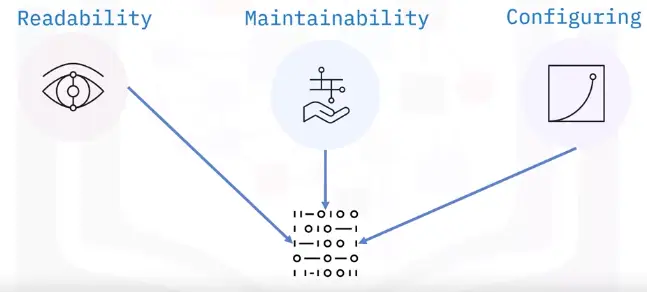

Planning and organizing software design:
- Enables writing cleaner, more reliable code
- Helps improve code base
- Reduce bugs and errors
- Has a positive impact on program quality
- Provides consistent and logical format while coding
Pseudocode vs. flowcharts
| Pseudocode |
Flowcharts |
| Informal, high-level algorithm description |
Pictorial representation of algorithm, displays steps as boxes and arrows |
| Step-by-step sequence of solving a problem |
Used in designing or documenting a process or program |
| Bridge to project code; follows logic |
Good for smaller concepts and problems |
| Helps programmers share ideas without extraneous waste of a creating code |
Provide easy method of communication about logic behind concept |
| Provides structure that is not dependent on a programming language |
Offer good starting point for project |
Flowcharts
-
Graphical or pictorial representation of an algorithm
-
Symbols, shapes, and arrows in different colors to demo a process of program
-
Analyze different methods of solving a problem or completing a process
-
Standard symbols to highlight elements and relationships
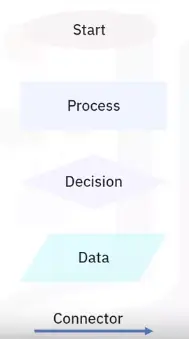

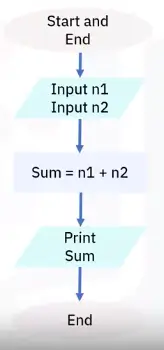

Flowchart software
Pseudocode advantages
- Simply explains each line of code
- Focuses more on logic
- Code development stage is easier
- Words/phrases represent lines of computer operations
- Simplifies translation
- Code in different computer languages
- Easier review by development groups
- Translates quickly and easily to any computer language
- More concise, easier to modify
- Easier than developing a flowchart
- Usually less than one page
Branching and Looping Programming Logic
Introduction to programming logic
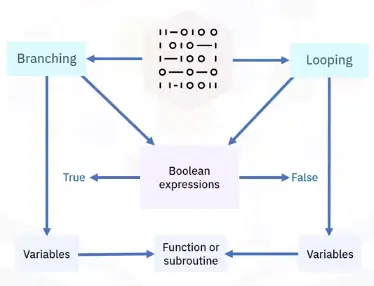

Boolean expressions and variables
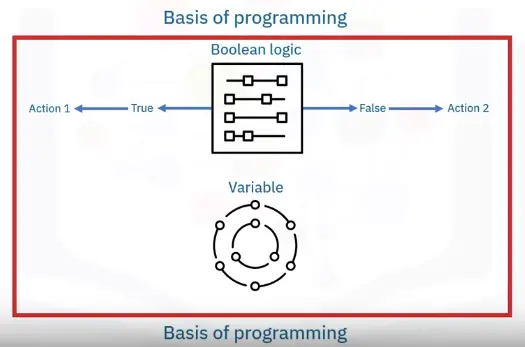

Branching programming logic


Branching statements allow program execution flow:
-
if
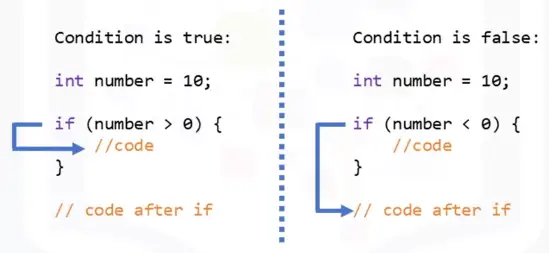

-
if-then-else
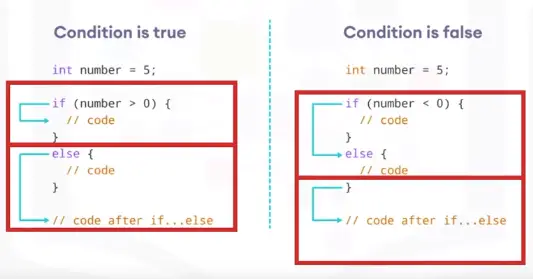

-
Switch
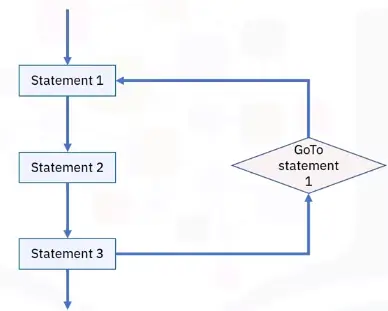

-
GoTo
Looping programming logic
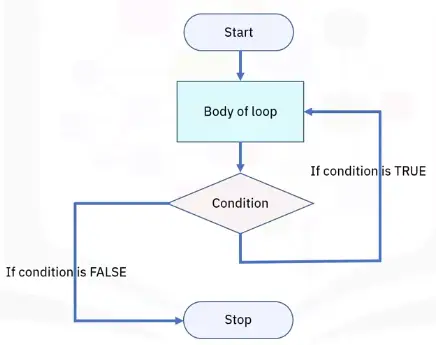

There are three basic loop statements:
- While loop: Condition is evaluated before processing, if true, then loop is executed
- For loop: Initial value performed once, condition tests and compares, if false is returned, loop is stopped
- Do-While loop:Condition always executed after the body of a loop
Introduction to Programming Concepts, Part 1
What are identifiers?
- Software developers use identifiers to reference program components
- Stored values
- Methods
- Interfaces
- Classes
- Identifiers store two types of data values:
What are containers?
- Special type of identifier to reference multiple program elements
- No need to create a variable for every element
- Faster and more efficient
- Examples:
- To store six numerical integers – create six variables
- To store 1,000+ integers – use a container
Arrays
Vectors
- Dynamic size
- Automatically resize as elements are added or removed
- Take up more memory space
- Take longer to access as not stored in sequential memory
- Syntax
Introduction to Programming Concepts, Part 2
What are functions?
- Consequence of modular programming software development methodology
- Multiple modular components
- Structured, stand-alone, reusable code that performs a single specific action
- Some languages refer to them as subroutines, procedures, methods, or modules
How functions work
- Functions take in data as input
- Then process the data
- Then return the result as output
Types of functions
- Standard library functions – built-in functions
- User-defined functions – you write yourself
- Once a function is written, you can use it over and over
- Blocks of code in a function are identified in different ways
- Use {}
- Use begin-end statements
- Use indentations
Using function
- Define a function (create)
- Function keyword, unique name, statements
- Call a function (invoke)
- Specified actions are performed using supplied parameters
- Declare a function (some programming languages)
What are objects?
-
Objects are key to understanding object-oriented programming (OOP)
-
OOP is a programming methodology focused on objects rather than functions
-
Objects contain data in the form of properties (attributes) and code in the form of procedures (methods)
-
OOP packages methods with data structures
- Objects operate on their own data structure
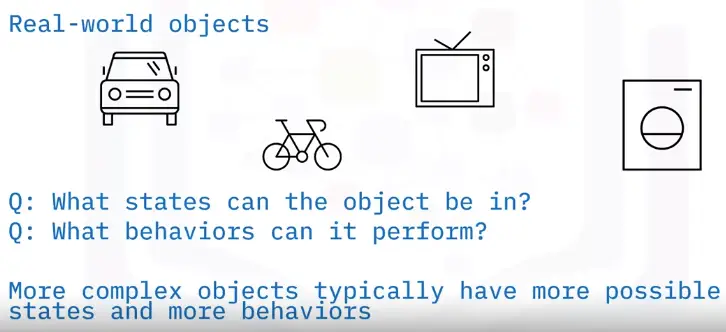

Objects in programming
-
Consist of states (properties) and behaviors (methods)


-
Store properties in field (variables)
-
Expose their behaviors through methods (functions)
Database Fundamentals
Types of Data, Sources, and Uses
What is data?
A set of characters gathered and translated for some purpose, usually analysis
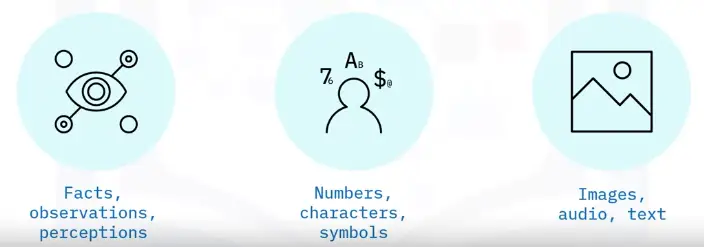

Common types:
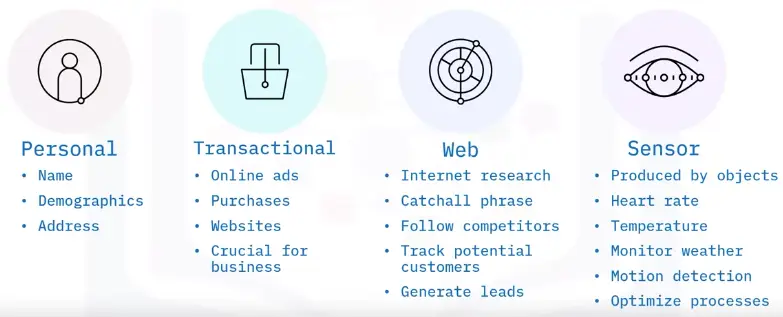

Types of data
Categorized by level and rigidity
Structured data
-
Structured in rows and columns
-
Well-defined with rigid structure
-
Relational databases
-
Microsoft SQL server
-
IBM Db2
-
Oracle database
Semi-structured data
-
Some organizational properties
-
Not in rows or columns
-
Organized in hierarchy using tags and metadata
-
Non-relational database
Unstructured data
-
No identifiable structure, specific format, sequence, or rules
-
Most common include text, email
-
Also images, audio files, and log files
Examples of Semi and Unstructured data
-
MonoDB
-
Hbase
-
Cassandra DB
-
Oracle NoSQL DB
Data Sources
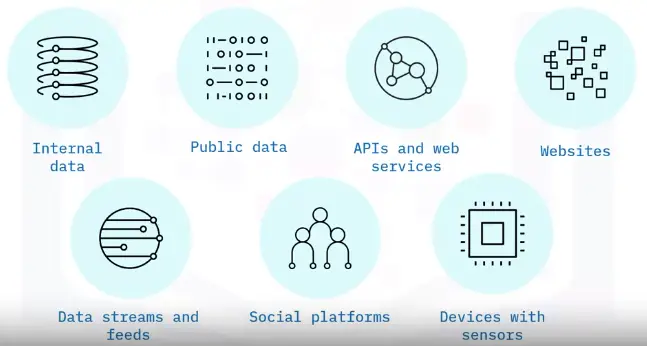

Using data
Data sources may be internal or external
Internal
-
Collects data from reports or records from organization
-
Known as internal sourcing
-
Accounting
-
Order processing
-
Payroll
-
Order shipping
External
-
Collects data from outside the organization
-
Known as external sourcing
-
Social media feeds
-
Weather reports
-
Government
-
Database and research
Database Fundamentals and Constructs
What is a database?
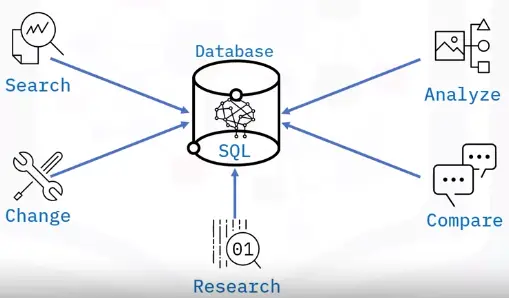

Components of a database
Schema
-
Collection of tables of data
-
A database can have more than one schema
Table
-
One or more columns of data
-
Two or more columns of stored data
Column
-
A pillar of information containing one or more data or values
-
Can contain dates, numeric or integer values, alphabetic values
Row
-
A horizontally formatted line of information like rows in Excel
-
100s or 1000s rows of data are typically in a table
Database constructs
Queries
-
Request for data
-
Provide answers
-
Perform calculations
-
Combine data
-
Add, change, or delete data
Constraints
-
Primary and foreign key enforce rules
-
Values in columns not repeated
-
Limit the type of data
-
Ensure data accuracy and reliability
Database query


Database constraints
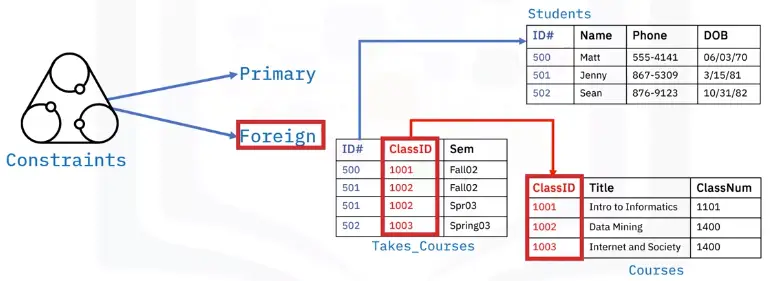

Database characteristics
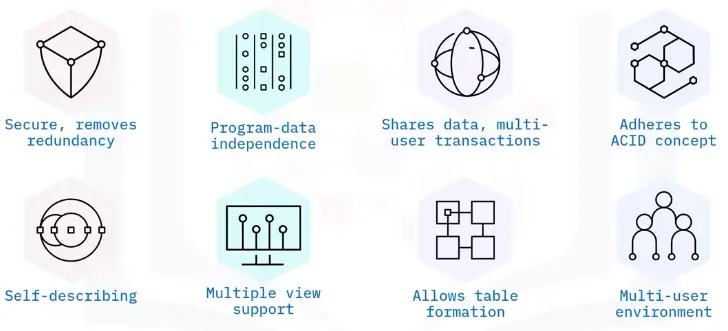

Flat file vs. database
| Flat File |
Database |
| Stores data in single table |
Uses multiple table structures |
| Set in various application types |
Tables are organized in rows and columns |
| Sorted based on column values |
One piece of data per column |
| Solution for simple tasks |
Faster, more efficient, more powerful |


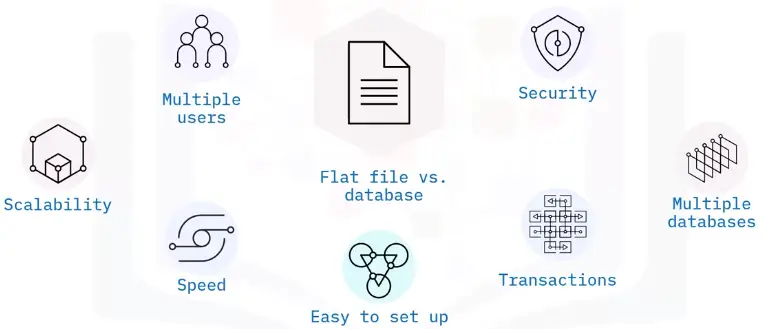

Database Roles and Permissions
Database permissions
Three types of permissions:
Database
-
Right to execute a specific type of SQL statement
-
Access second person’s object
-
Controls use of computing resources
-
Does not apply to DBA
System
-
Right to perform any activity
-
Ability to add or delete columns and rows
Object
-
Right to perform specific actions
-
Allows user to INSERT, DELETE, UPDATE, or SELECT data
-
Object’s owner has permissions for object
Permission commands
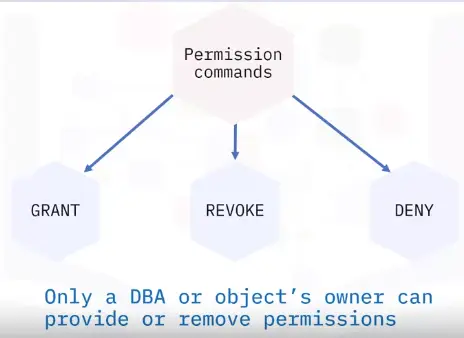

Database roles
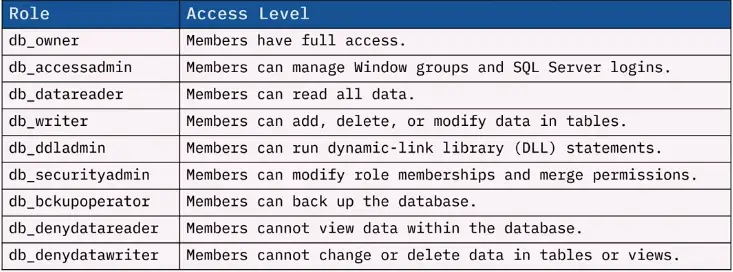

Benefits of roles
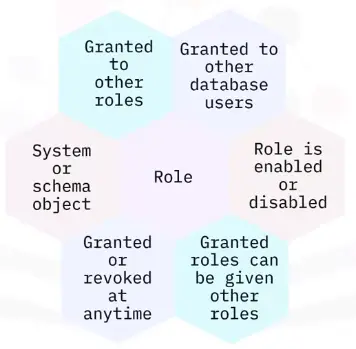

Database types
Structured data type
-
Tabular data, columns, and rows
-
These databases are called relational databases
-
Formed set of data
-
All rows have same columns
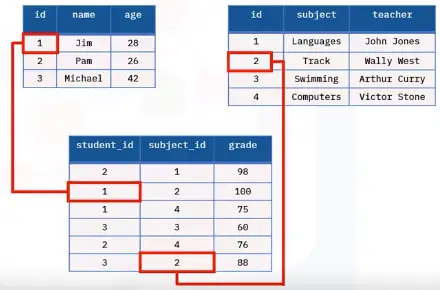

Semi-structured data type
Unstructured data type
-
Not in pre-defined structure or data model
-
Text heavy files, but may contain numbers and dates
-
Videos, audio, sensor data, and other types of information
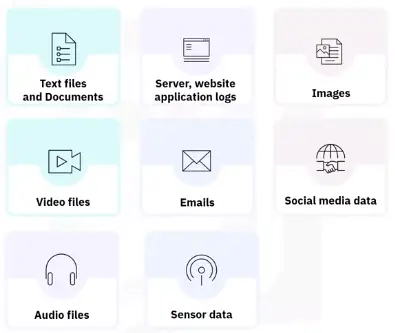

Relational database
| Relational |
Non-Relational |
| Structured to recognize relations among stored items of information |
Stores data in a non-tabular form, and tends to be more flexible than the traditional, SQL-based, relational database structures |
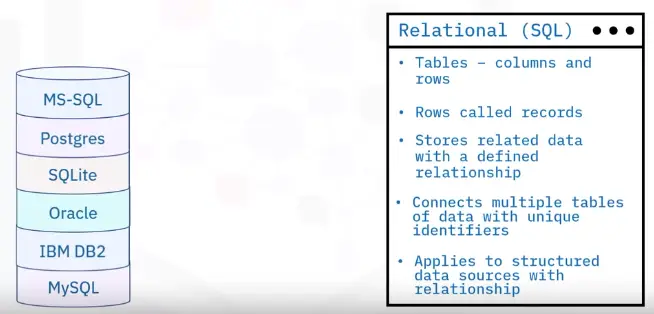

Non-relational database
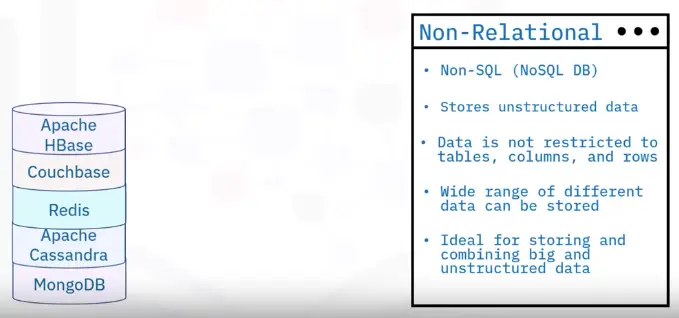

Permit storing, store data in a format that closely meets the original structure.
Most common types of data stores:
Interfacing with Databases
What is a database interface?
Enable users to input queries to a database
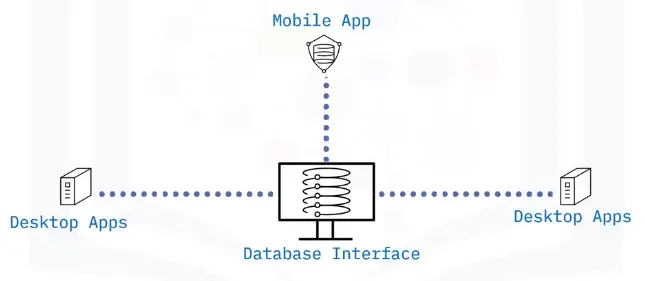

Principles of a database interface
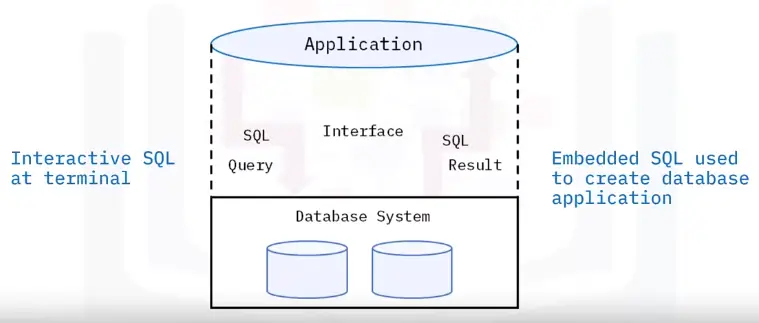

How to access a database
Types of access:
Direct
-
Enters SQL commands
-
Selects a menu
-
Accesses tables directly
-
Works well with locally stored database or local area network
Programmatic
-
Accesses’ database using programming language
-
Enables data to be used in more ways
-
Safer than using direct access
-
Oracle databases support access from many languages
-
Might be necessary to perform a query with a supported language
User interface
-
Microsoft Access permits access to user interface
-
Optional user interface may be needed
-
Oracle offers MySQL Workbench as a graphical user interface
-
Allows ability to input queries without the query language
-
Menu-base interface
-
Forms-based interface
-
GUI displays schema in diagrammatic form
-
Specific query by manipulating diagram
-
GUIs utilize both menus and forms
-
GUIs using point device to pick sections of displayed schema diagram
-
Natural language interfaces accepts user requests and tries to interpret it
-
These interfaces have own schema like database conception schemas
-
Search engine example of entering and retrieving information using natural language
Query
-
Find specified data using SELECT statement
-
Query and reporting function included with software like Microsoft Access
-
Query Builder’s GUI is designed to enhance productivity and simplify query tasks
- SQL or SQL displayed visually
- Has pane displaying SQL text
- Related tables determined by Query Builder that constructs join command
- Query and update database using SELECT statement
- Quickly view and edit query results
- Examples:
- Chartio Visual SQL
- dbForge Query Builder for SQL Server
- Active Query Builder
- FlySpeed SQL
- QueryDbVis Query Builder
-
Drag multiple tables, views, and columns to generate SQL statements
Database Management
Managing databases with SQL commands
-
Queries refer to request information from a database
-
Queries generate data of different formats according to function
-
Query commands perform the data retrieval and management in a database
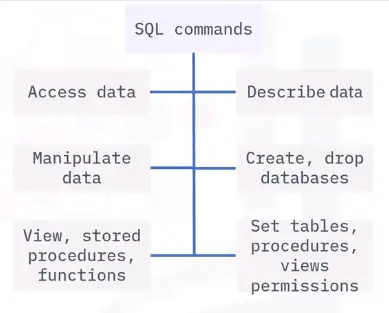

SQL command Categories
DDL
-
SQL commands that define database schema
-
Create, modify, and delete database structures
-
Not set by general user
DML
-
SQL commands that manipulate data
DCL
-
SQL commands for rights, permissions, and other database system controls
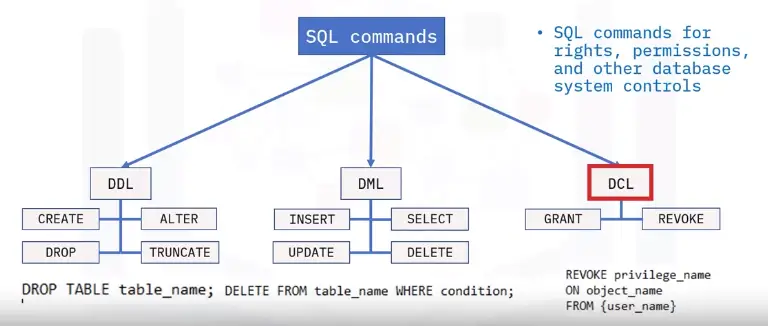

Data is input manually into a database through queries.
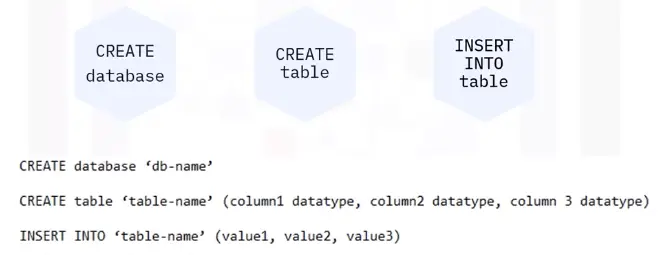

Another way is through importing data from different sources.
- SQL Server Import Export Wizard
- SQL Server Integrated Services (or SSIS)
- OPENROWSET function
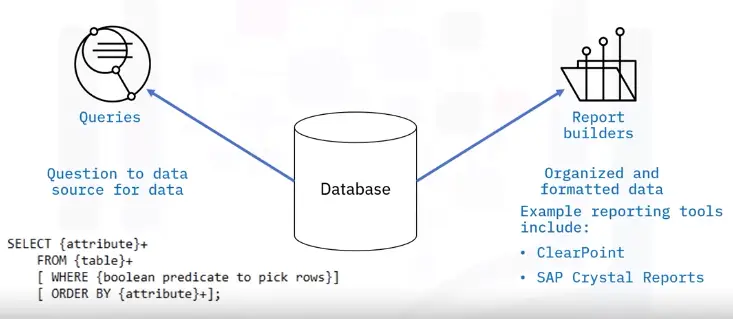

Backing Up Databases
What is a database backup?
Two backup types:
-
Logical
-
Physical
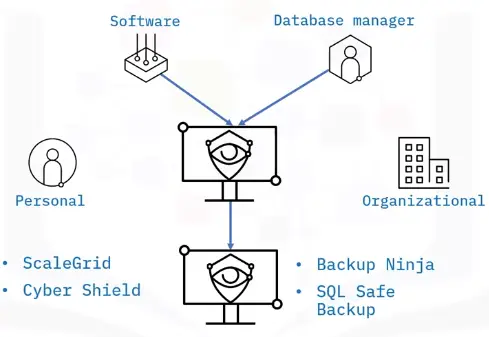

Physical database backups
- Needed to perform full database restoration
- Minimal errors and loss
- Full or incremental copies
Logical database backups
- Copies of database information
- Tables, schemas, procedures
Backup pros and cons
| Physical backup |
Logical backup |
| Pros: |
Pros: |
| Simple and fast, despite format |
Only selected data is backed up |
| Mirror copy loaded to another device |
Saves time and storage |
| Cons: |
Cons: |
| Used only to recreate system |
No file system information |
| Cannot do full restore |
Complications restoring process |
Database backup methods
Full
-
Stores copies of all files
-
Preset schedule
-
Files are compressed but may need large storage capacity
Differential
-
Simplifies recovery
-
Requires last full backup
-
Last differential back up for full recovery
Incremental
-
Saves storage
-
Back up files generated or updated since last backup
Virtual
-
Uses’ database to track and maintain data
-
Helps avoid pitfalls of other backup methods
Backup Management
